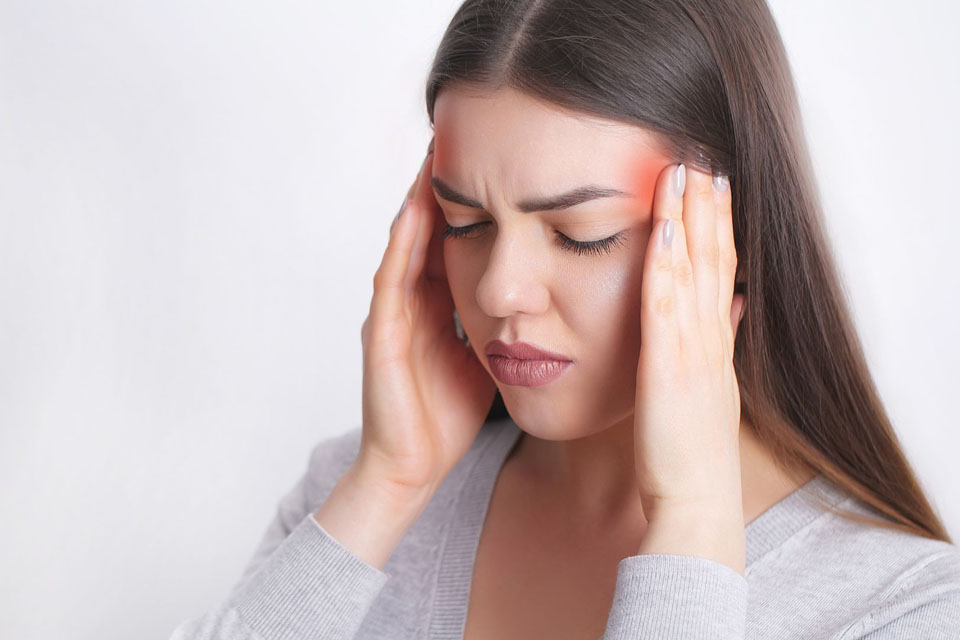As spring arrives, many people feel that the weather affects more than just nature—it seems to influence their headaches as well. The frequency of migraine attacks can significantly increase during this season, especially for those who are sensitive to weather changes. But why do these symptoms increase specifically in spring?
The answer lies in the connection between weather changes and the nervous system. In spring, fluctuations in temperature, sudden changes in atmospheric pressure, and shifts in humidity, especially during windy weather, are more common. These environmental factors influence the dilation and constriction of blood vessels in the brain, which can trigger migraine attacks. The nervous system reacts sensitively to such external stimuli, particularly in individuals who are already prone to headaches.
There are many potential triggers for migraine attacks: hormonal changes, stress, lack of sleep, certain foods (such as chocolate and cheese), and weather changes can all play an important role. One key aspect of prevention is that individuals should monitor their symptoms and identify their personal trigger factors. Keeping a migraine diary can help in recognizing these patterns.
As a laboratory service provider, we recommend that individuals suffering from migraines undergo certain lab tests to help uncover or rule out potential underlying causes. Checking vitamin and mineral levels, especially magnesium, vitamin D, and vitamin B12, can be particularly useful, as imbalances may increase the frequency and intensity of headaches. Hormonal tests (especially for women) can also provide insights into symptom patterns. A comprehensive blood panel, testing for inflammatory markers such as CRP, or thyroid function are also recommended to exclude other physiological causes of headaches. The laboratory service provider HR-Pharma in Szeged offers reliable and high-quality diagnostic services for this purpose.
Today, several effective methods are available for the prevention and treatment of migraines. Medications can include both preventive therapies and pain relievers or specific migraine-targeted drugs for acute episodes. Lifestyle changes, such as regular sleep, a balanced diet, proper hydration, and stress management, can also be very beneficial.
Among alternative approaches, biofeedback therapy, acupuncture, and relaxation techniques such as meditation and yoga have shown promising results. It’s important to emphasize that every migraine patient is different, so the best treatment plan should always be individualized in consultation with a healthcare provider. Therefore, as spring arrives, it’s worth consciously preparing for changing weather patterns: pay attention to your body’s signals, keep a diary of symptoms, undergo targeted laboratory testing, and take preventive measures in a timely manner. This way, we can do a lot to enjoy one of the most beautiful seasons of the year without headaches.



